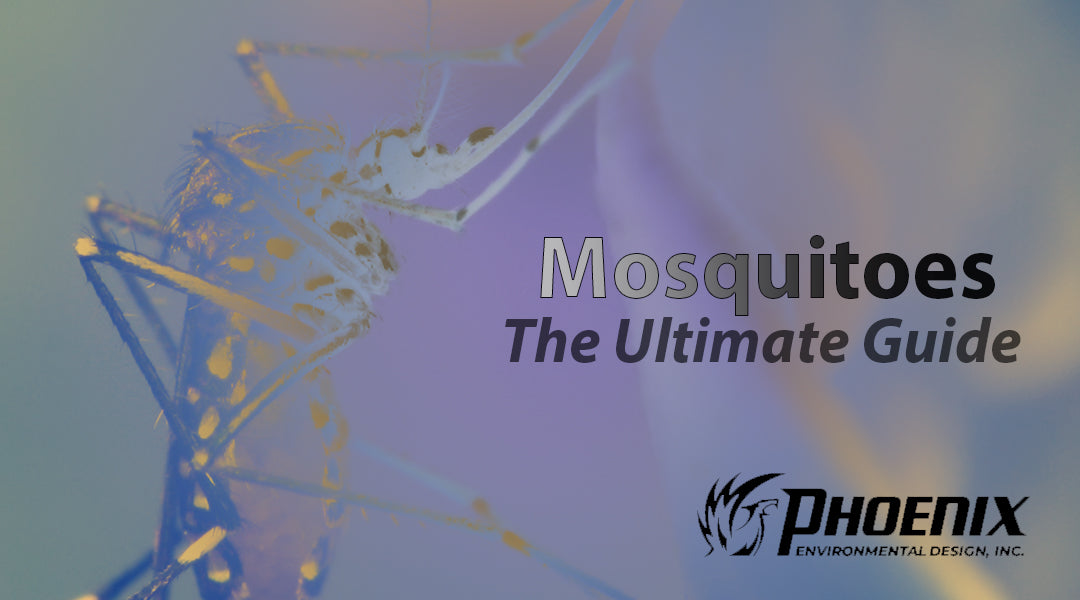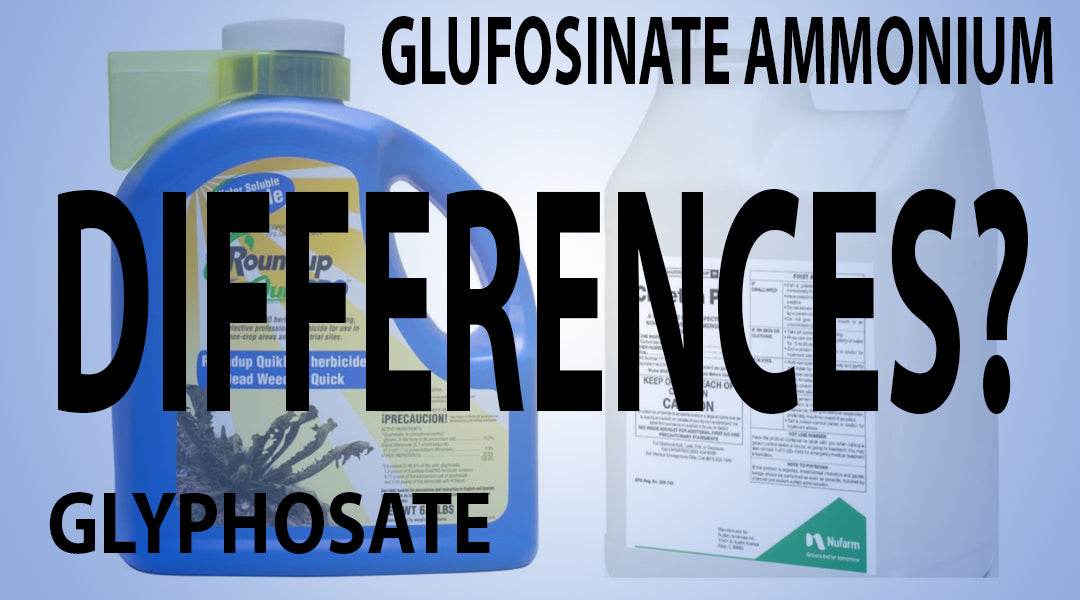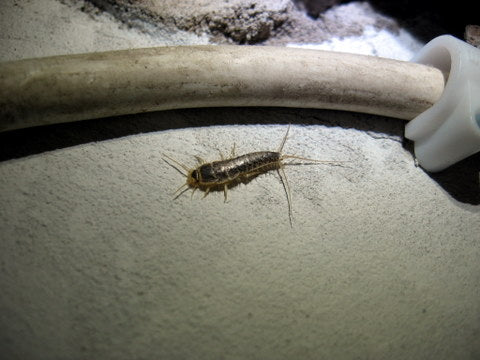- Type of Turf
- Level of Desired Quality
- Number of Applications per season
- Application Technique: Liquid versus Granular
Fertilization Basics
- Why do we Fertilize Turf: Turfgrass must be fertilized to maintain color, density, and vigor. The healthier and more vigorous a turf is, the better it can withstand stress from heat, drought, traffic, and pests.
- How much to Fertilize: The amount of fertilizer to apply on a grass depends on a number of factors.
- Goals: A beautiful dark green, dense turf will require more fertilizer than a thin, lighter colored turfgrass stand. It should be noted that applying more fertilizer to a stand results in increased growth, thus more mowing and irrigation is required.
- Location: Growing seasons are longer in the southern parts of the country and therefore a healthy turfgrass stand needs more fertilizer than in the north. A rule of thumb is to apply .5 lbs of N / 1000 square feet / growing month. For Colorado and Wyoming where we have an approximate growing season of about 6 months we need approximately 3 pounds of nitrogen per growing season.
- Species: Certain species such as buffalograss, western wheatgrass, and tall fescue may perform adequately with much lower annual fertilizer requirements than other common species such as Kentucky bluegrass, and perennial ryegrass
- Weather: A rainy summer will stimulate growth and will necessitate more annual fertilizer than a droughty summer. The same logic holds true for irrigated versus non-irrigated turf
- Soil Type: Turf grown on very sandy soil or on heavy clay soil will need more fertilizer than a turf grown on a silt loam soil. Soil type and pH will also affect the amount of phosphorus and potassium that needs to be applied.
- Age and quality of the existing turf: New turfgrass will need more fertilizer for the first few years to help with establishment and to enhance density. Improving a neglected or thin turfgrass stand will require more fertilizer for the first couple of years when it is being brought back to a dense quality stand.
- Clippings: Clippings should always be returned to the turfgrass stand whenever possible. Removing these clippings will necessitate more annual fertilizer. As a rule of thumb returning the clippings will generate 1 pound of nitrogen per growing season.
Fertilizers Analysis and Composition
- Fertilizers are packaged with a series of three numbers displayed prominently on the label. This is displayed on the front of the bag or on the front of the
- The three numbers represent nitrogen, phosphorus, and potassium in that order
- An example of a common fertilizer blend is 20-5-10. This represents a fertilizer that is made up of 20% nitrogen, 5% phosphorus, and 10% potassium. The fertilizer could contain any of the macro and micronutrients and these would be listed as percentages in the guaranteed analysis on the label. The label will also list the raw materials that were used to make up this blend
- Nitrogen fertilizers are characterized by the speed in which they release nitrogen to the plant. These are either quick release or control release.
Quick Release fertilizers: These are fertilizers that make the nitrogen available to the plant in a few days and cause rapid growth and color response.
Advantages of Quick Release Fertilizers:
- Relatively high N content so less material to handle.
- Quick acting where the plant responds in a couple of Days.
- Lower cost per unit of nitrogen, this is usually measured in pounds of nitrogen
- Urea and ammonium sulfate can be applied in solution
Disadvantages of Quick Release Fertilizers:
- Generally, applications are limited to no more than 1 pound of nitrogen per 1000 square feet per application.
- Repeated applications require more labor costs. Will damage the turf if not applied properly.
- This is commonly called “burn” where the salts in the fertilizer dry out the tissue and brown it out.
- Overstimulation of the turfgrass can occur drastically increasing the clippings at mowing time.
- These types of nitrogen are much more susceptible to leaching and therefore you can loose a portion of the nitrogen you have applied.
- Short residual turfgrass response requiring more applications per growing season.
Slow Release Fertilizers: These are fertilizers that contain some of the Nitrogen in a form that is slowly water- soluble or water insoluble. These fertilizers can also contain nitrogen that has been chemically stabilized. Release occurs when microorganisms breakdown the nitrogen, by delayed dissolution of the fertilizer, or by a coating that restricts the solubility of the fertilizer.
Advantage of Slow Release Fertilizers:
- Relatively high N content (except with natural organics).
- Larger amounts of N can be applied at one time.
- Less likely to burn turf grass.
- Have a longer residual; meaning that the nutrients are provide over a longer time period.
- Less susceptible to leaching because the nutrients are released over a given period of time.
- Have better storage characteristics, less clumping, and moisture being pulled in to the product.
Disadvantages of Slow Release fertilizers:
- On a cost per unit of nitrogen basis the price is at least twice as high.
- Limited availability to be applied in solution.
- Provides a slow initial response, thus, it may not be the best choice for programs for homeowners who want a visual response after application.
- Natural organics can be difficult to spread because of dust and can have a strong odor.
Why consider slow-release N?
- There is a fundamental flaw in how we apply nitrogen fertilizer – we donʼt apply N when the turfgrass or ornamentals need it we apply it when it fits into our schedule for the customer but N is subject to environmental losses
Environmental losses of N
- Volatilization atmosphere NH3 N2O
- Denitrification
- Leaching NO3- to groundwater
- Runoff NO3- to surface water
What does “controlled-release” mean?The following terms are sometimes used synonymously: Slow-release, Controlled-release, and Delayed-release. The Preferred term that encompasses all types of these products: Fertilizer technologies
Fertilizer Technologies:There are three general categories:
- Uncoated, controlled-release: These decompose in the soil by chemical processes biological processes, or a combination of both.
- Urea-formaldehyde reaction products
- Isobutylidene diurea (IBDU)
- Inorganic salts – Magnesiumammoniumphosphate
- Organic based products. Can contain a variety of organically derived sources including sewer sludge, dehydrated manures, fish meals, and kelp
Coated, controlled-release Fertilizers: These products utilize various polymer or sulfur coatings or a combination of both to
- Sulfur-coated urea – Releases N through oxidation of S coating
- Polymer-coated (or Poly-coated) urea. Urea is coated with special polymer coating – special to each manufacturer. Water moves in through coating to dissolve urea and then the nitrogen diffuses thru the porous
Bio-inhibitors: These are not really “slow-release” but slowly (or relatively slowly) available nitrogen to the soil environment. These products contain chemicals that inhibit microbial processes that convert N into plant available forms (and thus making the N susceptible to environmental losses) resulting in an increase in plant availability. Bio-inhibitors fall into two catagories:Urease inhibitors that and nitrification inhibitors.
- Urease Inhibitors– Volatilization must be controlled to maximize the nitrogen that has been applied. Options for controlling volatilization are to incorporate into the soil, irrigate into the soil, or control the enzyme urease to limit the conversion of urea to ammonia. Urease inhibitors kill or chemically inhibit the activity of the soil enzyme urease. This causes the urea to not breakdown as quickly, providing time for rainfall to move urea into the soil. If not controlled volatilization losses can be 15-20% of the N
Benefits:
- Can be added to urea or mixed with UAN to move urea into the soil
- Can inhibit for 2 weeks or more depending on conditions
- Can be added to urea or mixed with UAN
Negatives:
- Warm temps and wetter conditions cause urease to repopulate faster shortening the control.
Nitrification inhibitors: Thesedelay conversion of NH4+ to NO3- thus slowing denitrification and thus keeping the nitrogen in a form that isnʼt taken in by the plant or leached outside the root zone. Specific soil bacteria Nitrosomonas convert the nitrogen to a form that can be lost from leaching or denitrification. The value occurs when NO3- losses are high from leaching or denitrification. These products delay the conversion 2-4 weeks depending on pH and temp.
Common Fertilizers in the Landscape Market:With so many manufacturers in landscape fertilizer market it sometimes is hard to decide if what you are getting in a blend of fertilizer is a good deal and fits the program that you have developed for the customer.
Granular Slow Release Nitrogen Sources
- Poly Sulfur Coated Urea
- Poly-On
- Duration
- U-Flexx
- U-Maxx
- NSN
- Nutrilene
- Nitriform
- Meythlene Urea
- XCU
- DPW
- Milorganite
- Nutri-cote
Liquid Slow Release Nitrogen products
- Coron 28-00-00: Liquid methylene Urea
- N-Sure: 28-00-00: Urea-Triazone Fertilizer Solution
- Gradual N: 30-00-00: Liquid methylene Urea
- U-Flexx: 46-00-00: Contains Agrotain and DCD
- U-Maxx: 47-00-00: Contains Agrotain and DCD






Leave a comment (all fields required)